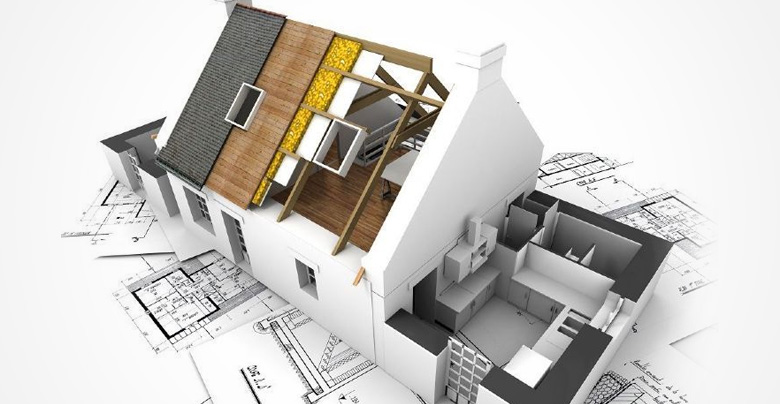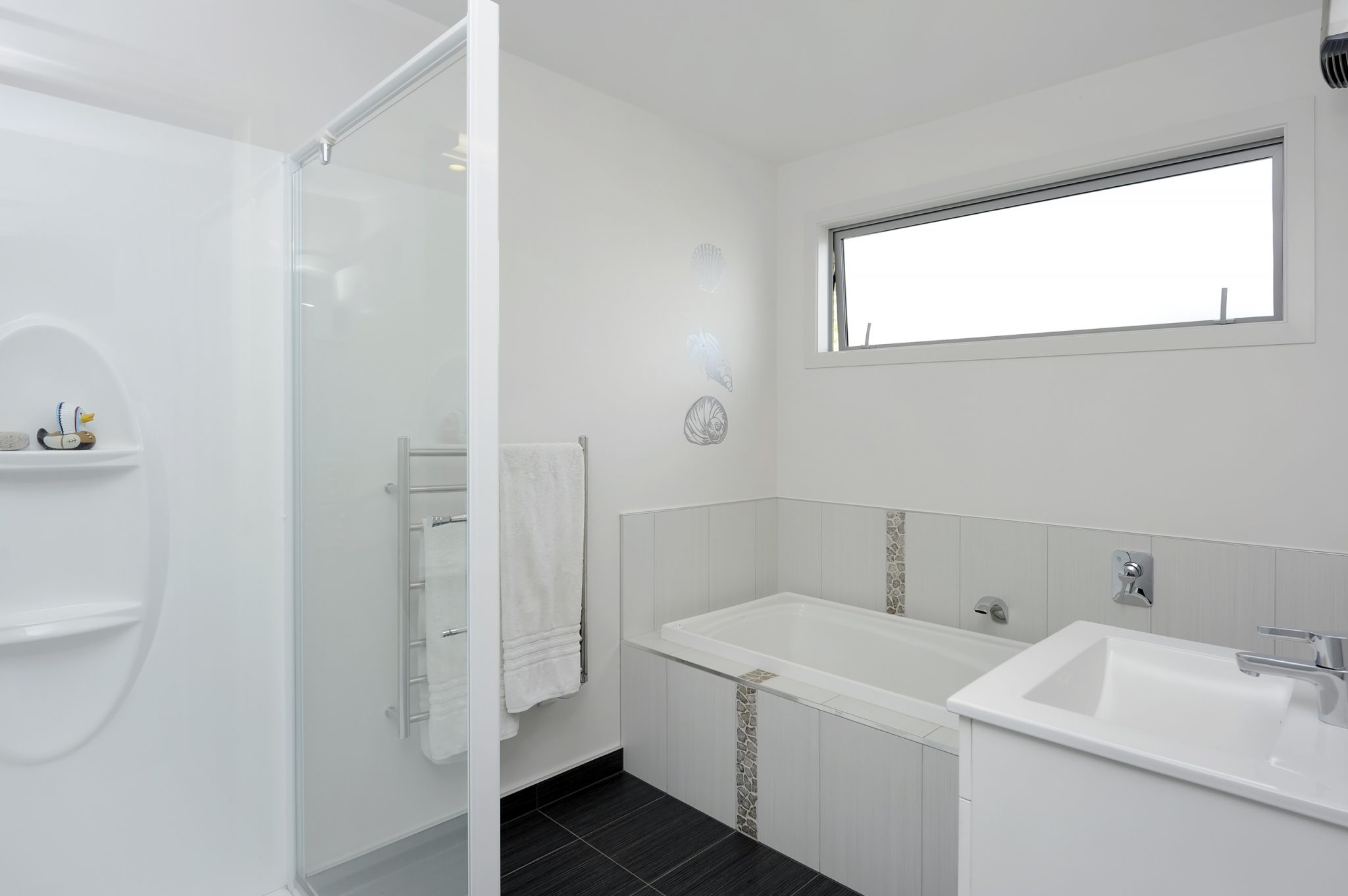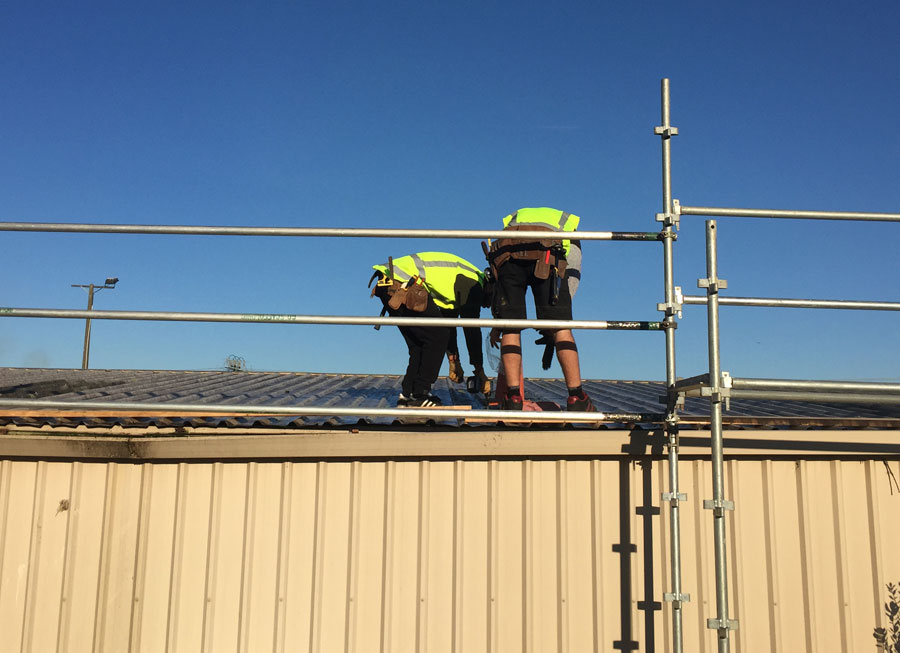Your house is one of your biggest assets. If you…

Planning and consent process for new house build or renovation
Planning your house build or renovation starts well before the designer starts drawing up the plans to submit to council. Whether your building project is simple or complex, an alteration or extension or a completely new home build, there are three key stages to the planning and consent process you need to follow.
1. The pre-planning stage
The pre-planning stage is where you come up with what you want to achieve with your building project. This involves confirming your must-haves and your wish-list, but also what is going to work in relation to the site conditions.
A more complex or challenging build will take longer and cost more, so you need to take budget and timing into account when listing your priorities. Of the three phases in the planning and consent process, the pre-planning stage is where most of the important decisions are made; the more work you do at this crucial stage, the easier it will be during the design and consent application stages.
Understanding your site
The location of your land and the position of the house or building site will influence the build significantly. You need to think about how the finished building needs to sit in relation to:
- sun, wind and views
- water, electricity and other services
- official boundaries – a registered surveyor can remove any uncertainty
- preserving privacy for you and your neighbours
- positioning of driveways and paths and how they work with site access and door placement
- any hills or slopes and how they might affect your finished height and width
- existing features that you want to retain like trees, rock formations or outbuildings
For a rural property, there are additional factors to consider like water supply, septic tanks and even the distance your builder and subcontractors need to travel to site each day.
Knowing your parameters
Get your ideas together, separating out what you must achieve and would like to achieve, so that you can think about priorities, budget and timing. You can get some idea of cost from designers or builders, so that you know whether it’s a realistic project.
Discussions with specialists, including your builder, whilst in the design phase, is crucial. They should be familiar with council requirements for certain locations and project types, and what levels of building consent, resource consent or any other permits you will need.
2. The design phase
Once you have come up with a clear picture of what you can achieve based on your ideas, site parameters and budget in the pre-planning phase, you can put together a brief for your designer. They will use this to come up with a set of concept drawings for you to go through.
Things you will need to consider during this phase are:
- how you will use the space
- what it will look like
- whether there will be enough light inside
- the building materials you’ll use
Site-specific information that can influence your project’s design
If your project is rural, is not part of a larger residential development or is for a period property, it may be advisable to apply to council for a project information memorandum (PIM).
A PIM will tell you what the council knows about the proposed site, including details of:
- anything relevant to the project
- any special features of the land, including natural hazards or the presence of hazardous contaminants
- heritage features of any building
- existing storm water or wastewater services related to the project, the site or surrounding land
- any development contribution fee, contributing to infrastructure and council services
It will also inform you of the need for resource consent due to requirements under the Resource Management Act (RMA) or other approvals due to:
- the location of underground pipes, natural hazards, soil types and other ground conditions
- relevant provisions of the council’s district plan, council bylaws, Fire Service Act 1975, Local Government Act 2002, Historic Places Act 1993, Fencing Act 1978 and any other legislation
Once you have signed off on the concept drawings, your designer can go ahead and create the necessary building plans to submit to council.
3. Applying for building consent*
Your plans form the basis of your building consent application. Before you submit the final plans, take some time to decide whether you need to make any changes. Although you can make variations later, you will need to apply to amend the consent, pay a fee and potentially delay your project.
Make sure the person completing the application knows what to do and how to make a good application. It has to include all of the requested information, including detailed drawings and evidence of compliance with the Building Code, as well as the details of any licensed building practitioners and other licenced contractors for any restricted work specified in the project. If you haven’t secured all these services at the time of the building consent application you will need to do so as soon as you appoint someone.
Generally, your designer or builder will help you with the consent application or submit the plans on your behalf. If you require resource consent or any other permits, apply for them as well at the same time.
Once you have building consent, construction can begin. You need to start your project within 12 months of receiving your building consent and finish it within two years.
If you have any questions around the pre-planning, design or building consent process you can email us here
*Note that for small alterations or refurbishments, you may not need to apply for building consent. However, for significant renovations or extensions you will need council consent, the same as you would for a new build.



